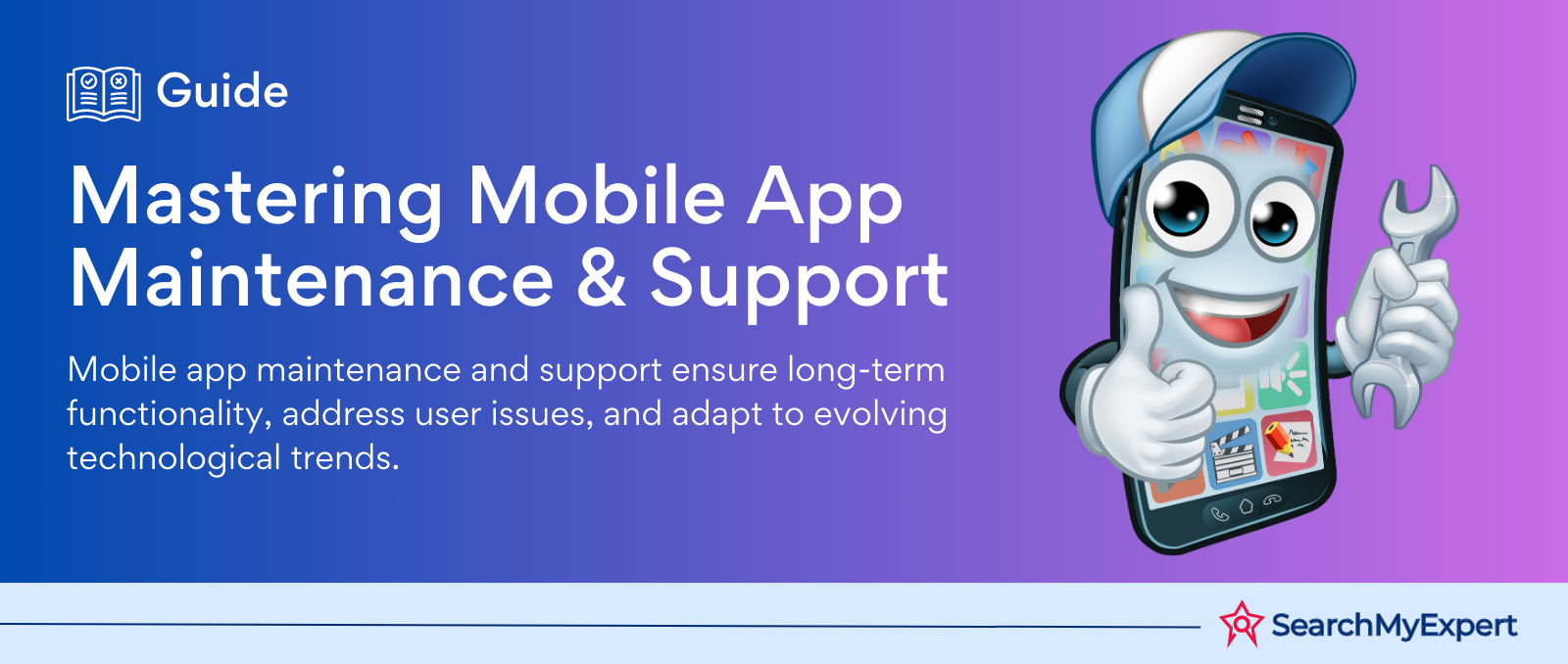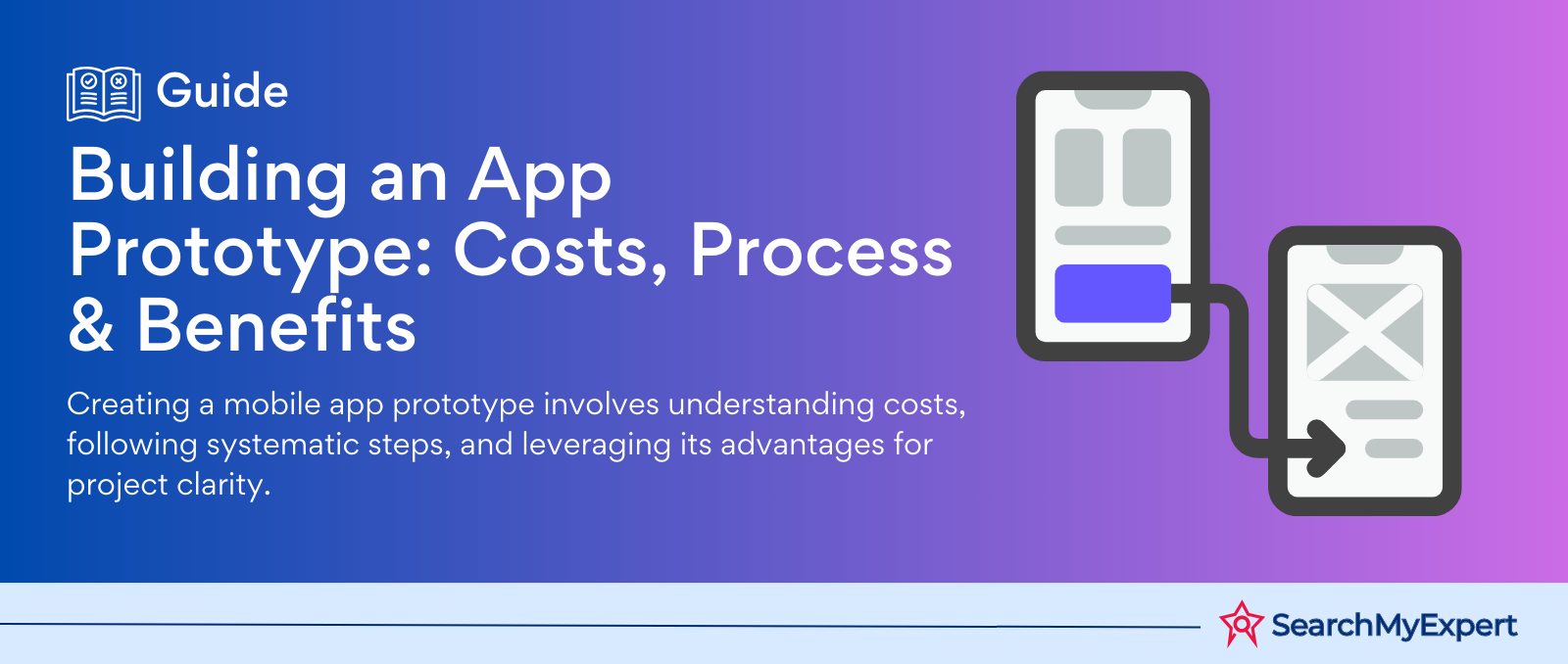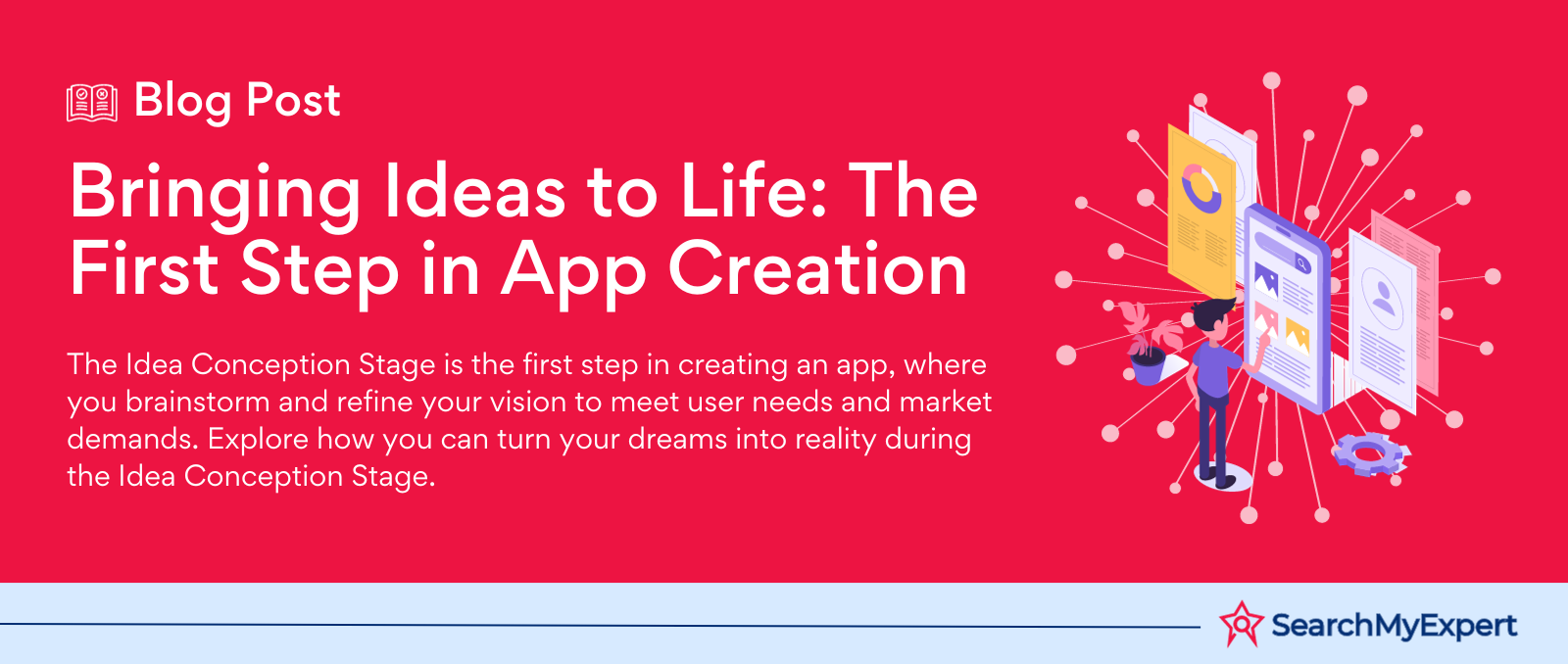Hey there, awesome visitor! 👋 Our website is currently undergoing some nifty upgrades to serve you even better. But don't worry, we'll be back before you can say "SearchMyExpert rocks!"
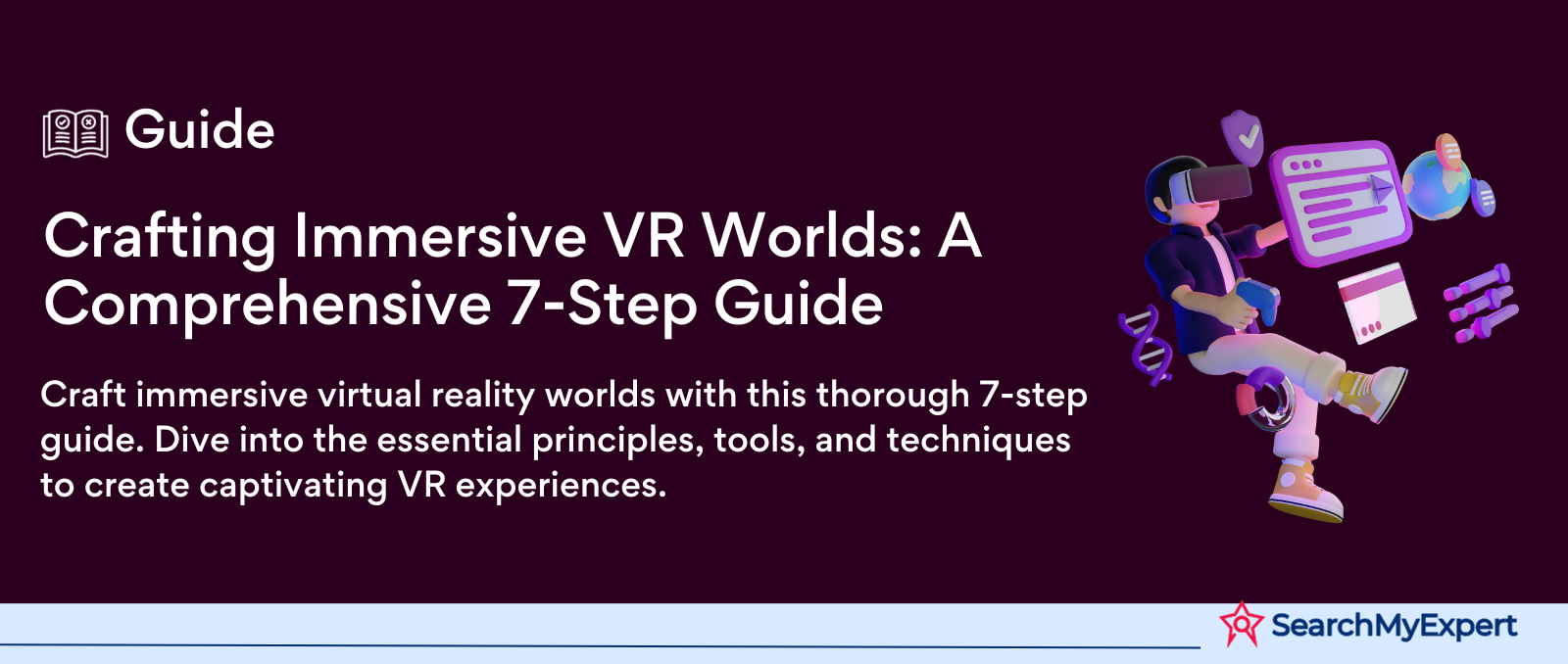
Worldbuilding Foundations: Crafting Immersive Realities in Virtual Reality
Concept and Theme: Crafting the Heart of Your VR World
Understanding the Core Idea:
Every virtual reality (VR) world begins with a core idea. This idea is the seed from which the entire world grows. It could be as simple as a single concept – like a dystopian future city or a tranquil alien planet – or as complex as an intricate plotline involving multiple characters and locations. The key here is clarity and uniqueness. Your core idea should be distinctive enough to stand out in the crowded VR space.
Choosing a Genre:
The genre of your VR world significantly impacts its design and user experience. Whether it’s science fiction, fantasy, horror, or a hybrid, your chosen genre will dictate the kind of stories you can tell, the characters you can introduce, and the environments you can create. It's crucial to select a genre that not only excites you but also resonates with your target audience.
Establishing Atmosphere:
The atmosphere is the emotional tone of your world. It's what makes your VR experience feel suspenseful, joyful, mysterious, or serene. This emotional layer is created through a combination of visual aesthetics, sound design, and interactive elements. It’s the difference between a player simply navigating a space and being completely immersed in your world.
Narrative and Storytelling: The Soul of Your VR Experience
Crafting a Compelling Narrative:
A narrative provides a structure and purpose to your VR world. It could be a linear storyline with a clear beginning, middle, and end, or a more open-ended narrative that allows players to create their own stories. In VR, the way a story is told is as important as the story itself. Interactive storytelling, where players' choices influence the outcome, can be particularly effective in VR.
Creating Open-Ended Exploration:
Not all VR worlds need a structured story. Open-ended worlds offer explorative freedom, allowing users to create their own experiences. This approach is perfect for VR, as it leverages the medium's strength in creating immersive environments. Here, the focus shifts to world-building details that encourage exploration, like hidden areas, interactive objects, and dynamic ecosystems.
Scale and Scope: Balancing Ambition with VR's Capabilities
Understanding the Limitations:
The size and complexity of your VR world should be in harmony with the technical capabilities of VR platforms. Larger, more detailed worlds require more processing power and can lead to issues like motion sickness or disorientation in VR. It’s essential to strike a balance between the scale of your world and the comfort of your users.
Designing for the VR Experience:
Your world should be designed with the VR experience in mind. This means considering how players will interact with the environment, how they will move through the space, and how they will engage with story elements. The scale of your world should enhance, not hinder, these interactions.
Catering to Different VR Platforms:
Different VR platforms have different capabilities and limitations. A world designed for a high-end PC-based VR system may not work as well on a mobile VR platform. It's important to consider your target audience and the platforms they are likely to use when determining the scale and scope of your world.
Architectural Alchemy: Sculpting Virtual Realities
3D Design and Modeling: Constructing the Visual Heart of Your VR World
Building the Visual Landscape:
In the realm of VR, 3D design and modeling are akin to constructing the bones and flesh of your world. This process involves creating everything from towering cities with intricate architecture to sprawling, fantastical landscapes that defy the laws of physics. The key here is detail and creativity. Every building, tree, and terrain feature should be designed to contribute to the overall atmosphere and theme of your world.
Utilizing Advanced Modeling Techniques:
To create truly immersive environments, it's essential to use advanced 3D modeling techniques. This includes realistic texturing, dynamic lighting, and shadow effects, which add depth and realism to the virtual space. Moreover, incorporating interactive elements such as moving objects or changeable environments can significantly enhance the user's experience.
Level Design and Flow: Orchestrating the User's Journey
Structuring for Intuitive Navigation:
Level design in VR is not just about creating a space; it's about guiding the user through it. The layout should be intuitive, allowing users to navigate the environment naturally and comfortably. This involves placing visual cues, designing paths and corridors, and using lighting and color to subtly guide the user's attention.
Incorporating Engaging Challenges:
To keep users engaged, it's important to intersperse challenges or puzzles throughout the environment. These challenges should be integrated seamlessly into the level design, providing a natural flow from one area to the next. The difficulty and complexity of these challenges should scale appropriately to provide a satisfying yet accessible experience.
Scale and Proportion: The Pillars of Realism in VR
Ensuring Realistic Object Sizes:
One of the most critical aspects of VR world-building is getting the scale and proportion of objects right. Objects that are too large or too small can break the user's immersion and lead to a disorienting experience. It's crucial to ensure that everything from buildings to everyday items is proportioned realistically relative to the user.
Creating a Sense of Belonging:
The sense of scale in VR is not just about realism; it's about making the user feel like they belong in that world. This includes designing spaces that are appropriately sized for navigation and interaction. For example, doorways should be tall enough for the user to walk through comfortably, and objects should be placed within easy reach.
Breathing Life into the World: Animating the Essence of Virtual Reality
Character Design and Development: Crafting Inhabitants for Your VR Universe
Creating Believable Characters:
Character design in VR is a pivotal element in bringing your world to life. These characters, whether human, alien, or mythical, must feel real and relatable to the user. This involves not just their visual appearance but also their personalities, backstories, and behaviors. Each character should have distinct traits and a purpose that aligns with the overall theme and narrative of the VR world.
Ensuring Immersive Interaction:
The interaction between the user and the VR characters is crucial. Characters need to respond in a realistic and consistent manner to maintain immersion. This includes natural dialogues, appropriate emotional responses, and consistent behavior patterns. The more interactive and responsive these characters are, the more engaging and believable your world becomes.
AI and Interactions: The Nerve Center of Your Virtual World
Implementing Responsive AI Behaviors:
Artificial Intelligence (AI) is the backbone of interactive elements in VR. AI governs how non-player characters (NPCs) and environmental elements react to the user’s actions. Good AI should be sophisticated enough to provide varied and unpredictable responses, making each interaction feel unique and dynamic.
Creating Engaging Scenarios:
The AI should be designed to create engaging scenarios that challenge and intrigue the user. This includes complex decision trees for NPCs, environmental changes in response to user actions, and evolving scenarios based on user choices. The goal is to create a world that feels alive and responsive, keeping the user engaged and invested in the experience.
Sensory Cues and Feedback: Enhancing the Illusion of Reality
Utilizing Sound for Deeper Immersion:
Sound design in VR is critical for creating a convincing and immersive environment. This includes not just background music and ambient sounds but also directional audio cues that help orient the user within the space. The sound should change dynamically based on the user’s location and actions, further enhancing the realism of the VR experience.
Leveraging Haptics and Other Sensory Features:
Haptic feedback adds a tactile dimension to the VR experience, making it more immersive and realistic. This could be as simple as a vibration when a user touches an object or as complex as varying textures and temperatures. Additionally, incorporating other sensory elements like temperature changes or wind can significantly amplify the user's sense of presence in the virtual world.
Painting the Picture: The Art of Visual Mastery in Virtual Reality
Lighting and Visual Effects: Illuminating the Essence of Your World
Mastering Lighting Techniques:
Lighting in virtual reality is not just about visibility; it's an art form that shapes the mood and atmosphere of your world. Effective lighting techniques involve more than just placing light sources; it's about understanding how light interacts with the environment and the user. This includes the use of shadows, reflections, and color temperature to create a sense of depth and realism.
Creating Atmosphere with Visual Effects:
Visual effects (VFX) play a pivotal role in enhancing the atmosphere and immersiveness of a VR world. This could range from subtle effects like fog and particle systems (like rain or dust) to more dramatic ones like explosions or magical auras. These effects should be used judiciously to complement the narrative and aesthetic of the world without overwhelming the user.
Texturing and Materiality: Adding Depth to the Virtual World
Enhancing Surfaces with Textures:
Textures are crucial for adding depth and detail to the surfaces within your VR world. They give materials a sense of realism, whether it's the roughness of a stone wall, the smoothness of a metallic object, or the transparency of glass. High-quality textures can significantly enhance the realism of objects, making them more engaging and believable.
Realistic Material Properties:
Beyond basic textures, VR worlds benefit from the use of advanced material properties. This includes reflectivity, opacity, and bump mapping, which mimic the way real-world materials interact with light. For instance, metal should reflect light differently than wood, and glass should distort the background. Getting these details right is key to creating a truly immersive VR experience.
Optimization and Performance: Ensuring a Smooth and Immersive Experience
Balancing Visual Fidelity:
While high-quality graphics are important for immersion, they must be balanced with performance considerations. VR worlds need to run smoothly to prevent issues like lag or motion sickness. This means optimizing graphics to ensure a consistent frame rate, particularly important in fast-paced or graphically intense scenes.
Efficient Performance Techniques:
Efficient performance in VR is achieved through various optimization techniques. This includes level of detail (LOD) rendering, where the detail of distant objects is reduced, and occlusion culling, where objects not in the user's line of sight are not rendered. These techniques help maintain high visual fidelity without taxing the VR system's resources.
The Soundscape Symphony
Sound Design and Music: Crafting the Auditory Canvas of Your World
Creating Immersive Soundscapes:
Sound design in VR is an essential component for creating an immersive experience. It involves more than just background music; it's about constructing an auditory environment that complements the visual aspects of the VR world. From the rustling of leaves to the distant hum of a futuristic city, every sound effect contributes to the believability of the world.
Composing Captivating Music:
Music sets the emotional tone of your VR experience. A well-composed soundtrack can elevate the atmosphere, evoke emotions, and enhance storytelling. The music should be fitting for the theme and genre of your VR world, whether it's an epic orchestral score for a fantasy adventure or eerie ambient tracks for a horror experience.
Spatial Audio and Positioning: Orchestrating Directional Sound
Enhancing Immersion with Spatial Audio:
Spatial audio is crucial in VR for creating a sense of directionality and location. It allows users to perceive sounds as coming from specific points in the virtual space, adding depth and realism to the experience. Whether it’s the sound of footsteps behind them or a conversation in another room, spatial audio helps users feel present in the VR world.
Implementing Realistic Sound Positioning:
Accurate sound positioning requires careful consideration of the VR environment's layout and the objects within it. Sounds should change dynamically with the user's movements, providing cues about their surroundings and enhancing navigation and interaction within the world.
Voice Acting and Dialogue: Giving Voice to Virtual Characters
Bringing Characters to Life with Voice Acting:
Voice acting plays a significant role in character development in VR. Well-delivered dialogue can bring depth and personality to virtual characters, making them more relatable and engaging. It's important to choose voice actors who can convey the intended emotions and characteristics of each character.
Creating Natural-Sounding Dialogue:
Dialogue in VR should sound natural and flow seamlessly with the narrative and interactions. It involves writing scripts that reflect the characters’ personalities and the world they inhabit and directing voice actors to deliver lines in a way that feels spontaneous and authentic.
Testing and Polishing
Playtesting and User Feedback: Refining Your VR Masterpiece
Iterating Based on Player Feedback:
Playtesting is a vital part of VR world development. It involves real users exploring your world and providing feedback on their experience. This feedback is crucial for identifying issues you might have overlooked, such as navigation difficulties, unclear objectives, or visual glitches. Iterating your world based on this feedback ensures that the final product resonates well with your audience and delivers a satisfying VR experience.
Incorporating Internal Testing Insights:
Apart from external playtesting, internal testing is equally important. This involves your development team rigorously testing every aspect of the VR world to ensure everything works as intended. It's essential to fix any bugs and optimize the user interface and interaction mechanics to ensure a seamless experience.
Accessibility and Comfort: Creating an Inclusive Virtual World
Designing for Accessibility:
VR worlds should be accessible to a wide range of users, including those with disabilities. This includes implementing features like adjustable controls, colorblind modes, and subtitles for those with hearing impairments. Ensuring your VR world is accessible not only broadens your audience but also promotes inclusivity in the VR community.
Prioritizing User Comfort:
Comfort in VR is paramount to prevent issues like motion sickness and eye strain. This involves designing your world with user ergonomics in mind, such as offering different movement options (like teleportation or smooth locomotion) and avoiding rapid or disorienting movements. The goal is to create an experience that users can enjoy for extended periods without discomfort.
Performance Optimization: Delivering a Smooth Virtual Experience
Fine-Tuning for Peak Performance:
Performance optimization is crucial for a smooth VR experience. This involves ensuring that your world runs efficiently on various VR hardware without significant frame drops or lag. Techniques like asset optimization, effective memory management, and balancing graphical fidelity with performance are key to achieving this.
Ensuring a Lag-Free Experience:
A lag-free experience is essential in VR to maintain immersion and prevent motion sickness. Regular testing and optimization should be conducted to ensure that your VR world maintains a consistent frame rate, especially in graphically intensive scenes. This might involve simplifying certain visual elements or optimizing code to improve performance.
Stepping into the Virtual
Deployment and Distribution: Launching Your VR World
Choosing the Right Platform:
The choice of platform is crucial for the successful deployment of your VR world. It's essential to consider where your target audience spends their time. Options range from high-end PC-based platforms like Oculus Rift or HTC Vive to more accessible mobile VR platforms such as Oculus Quest or Samsung Gear VR. Each platform has its strengths and limitations, and your choice will impact the reach and performance of your VR experience.
Determining the Distribution Method:
Distribution can be done through various channels. Popular VR marketplaces like SteamVR, Oculus Store, or PlayStation VR offer broad visibility but come with competition. Alternatively, independent distribution through a dedicated website or app store provides more control but requires more effort in marketing and user acquisition.
Community Building and Engagement: Cultivating a Virtual Ecosystem
Encouraging User Interaction:
Building a community around your VR world is crucial for long-term engagement. Encourage interaction through social features within the VR world, such as multiplayer options, user-generated content, and in-world events. Forums, social media, and dedicated community platforms are also effective for fostering discussions and feedback outside the VR environment.
Fostering a Supportive Community:
A strong community is not just about size; it's about engagement and support. Providing regular updates, responding to user feedback, and hosting community events can help maintain interest and build a loyal user base. Remember, a vibrant and active community can be your biggest advocate in promoting and improving your VR world.
The Future of VR: Anticipating Tomorrow's Virtual Realities
Exploring Upcoming Technologies:
The VR industry is rapidly evolving, with new technologies constantly emerging. Innovations like improved haptic feedback, eye-tracking, and more realistic graphics are on the horizon. Keeping abreast of these developments can provide insights into how to evolve your VR world to stay ahead of the curve.
Trends Shaping the Future of VR:
Trends like the increasing integration of AI, the expansion of social VR experiences, and the blending of VR with other technologies like augmented reality (AR) are shaping the future of immersive experiences. Understanding these trends is essential for anticipating user expectations and ensuring your VR world remains relevant and engaging in the years to come.
Conclusion:
In the journey of crafting immersive VR worlds, each step, from conceptualizing the core theme to engaging a thriving community, plays a pivotal role in bringing virtual dreams to reality. This comprehensive guide has walked you through the nuanced process of creating a VR world, emphasizing the importance of detailed worldbuilding, character and narrative development, aesthetic mastery, and technical optimization.
As you step into the realm of VR, remember that it's an iterative and evolving process. Feedback, innovation, and community are your allies in this creative journey. By staying adaptable, informed, and engaged with your audience, you can ensure that your virtual world remains a dynamic and captivating escape, continually offering new wonders and adventures.
Experience the new dimension of tech with our AR & VR Development Service Company.
Other Related Blogs
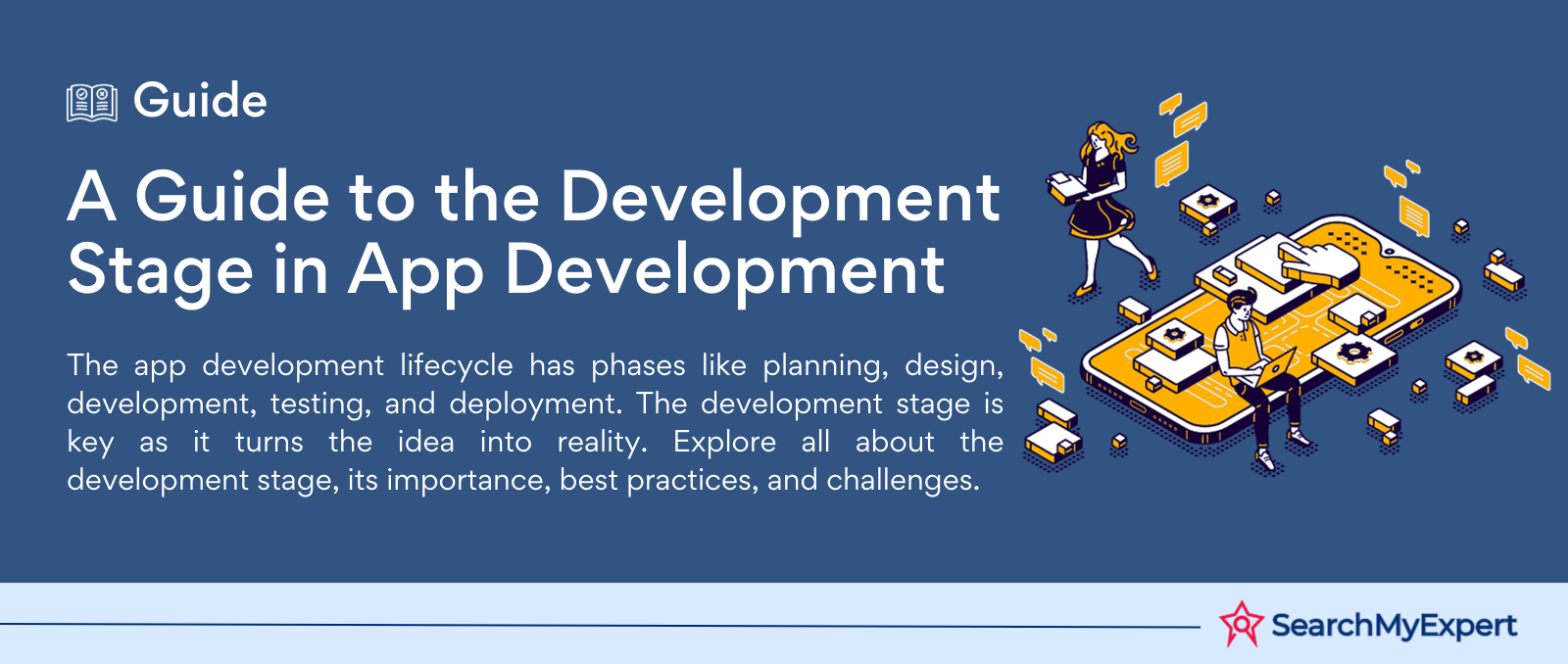

Mastering Docker for App Development: A Comprehensive Guide to Benefits, Use-Cases, and Alternatives
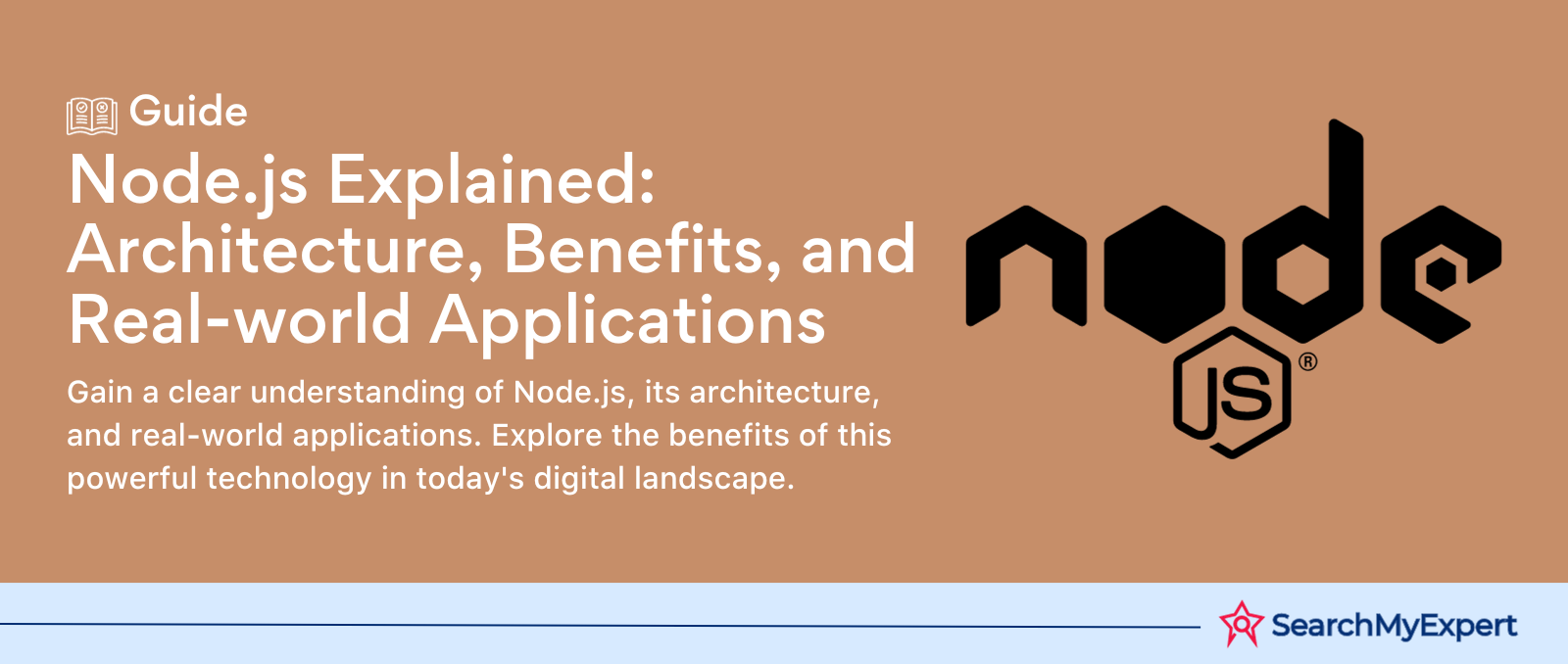
STAY UP TO DATE
GET PATH'S LATEST
Receive bi-weekly updates from the SME, and get a heads up on upcoming events.
Contact Us
We will get back to you as soon as possible.
Please try again later.


Find The Right Agencies
SearchMyExpert is a B2B Marketplace for finding agencies. We help you to describe your needs, meet verified agencies, and hire the best one.
Get In Touch
WZ-113, 1st Floor, Opp. Metro Pillar No- 483, Subhash Nagar - New Delhi 110018
About Us
For Agencies
Benefits Of Listing With Us
Submit An Agency
Agency Selection Criteria
Sponsorship
For Businesses
Agencies Categories
Trends Articles
FAQs
Find The Right Agencies
SearchMyExpert is a B2B Marketplace for finding agencies. We help you to describe your needs, meet verified agencies, and hire the best one.
About Us
For Agencies
List Your Agency
Benefits Of Listing
Agency Selection Criteria
Sponsorship
Get In Touch
WZ-113, 1st Floor, Opp. Metro Pillar No- 483, Subhash Nagar - New Delhi 110018
contact@searchmyexpert.com
Copyright © 2023 · Skillpod Private Limited · All Rights Reserved - Terms of Use - Privacy Policy



